The temperature is rising
In our small mountain village in the Swiss Alps, we’ve been having an exceptionally warm winter. We had Maximum 18°C in December and 11°C in January, that is still cold enough for our servers but some of the local businesses are struggling with not having enough visitors to the region, since people usually come here to enjoy skiing and other winter sports that require snow and colder temperature.
While one strangely warm and snowless winter is not direct evidence of climate change, we can’t help but wonder what will happen if this continues every year: are we in the middle of watching something that is going away for good?

In the Swiss Alps one of the things we see going away every year is the glacier - the Pizol glacier in the Glarus Alps, just around the corner for us, has been melting with unprecedented speed and it is due to disappear completely by 2030. And it is just one of the many glaciers we are hopelessly watching while it melts away.
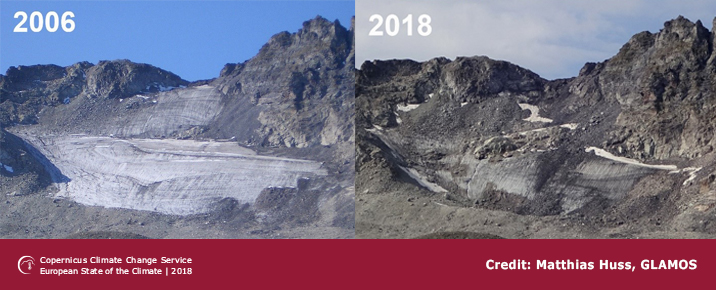
When the temperature is rising and no ice is left to lock the cool air within, what will happen to our mountain ecosystem and to us people? It will certainly look different from today, and not in a good way.
No snow on the Alps and having most parts of southern Europe turning into deserts is what environmental scientists are forecasting with gravitas. UK Met Office researchers warn that by 2060, the world could warm up by 4 °C which will likely cause a serious food and water shortage for the world: animals and plants will face an existential threat and so will people.
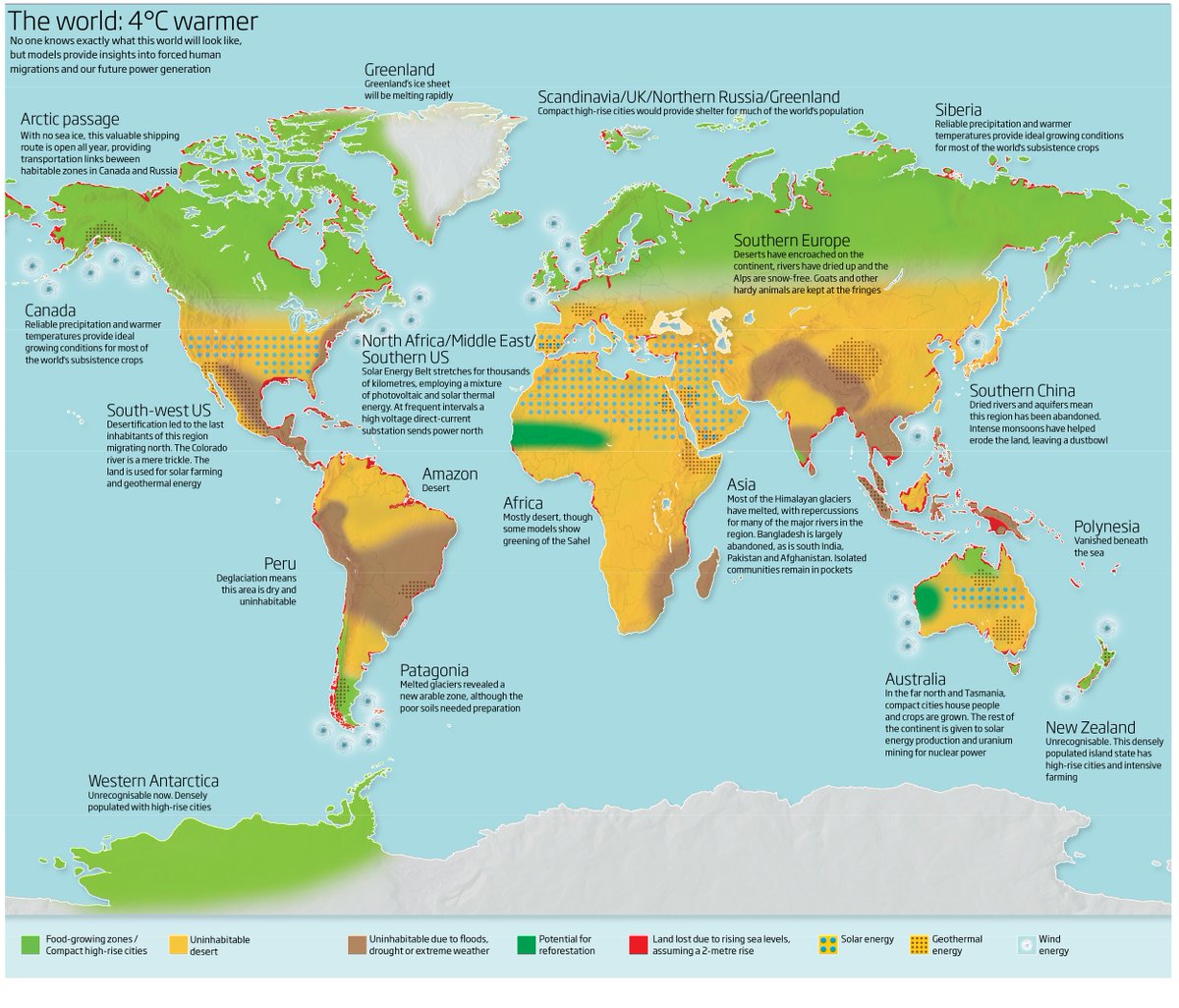
We need to keep it cool
It is important to note that we are living a critical time. Last Tuesday at the World Economic Forum Davos, the young environmental activist Greta Thunberg told the world that we have less than 8 years to stop the temperature rising from more than 1.5°C, and for that "every fraction of degree matters."
Every effort we do to reduce carbon emission matters and those of us who can, we need to do this in scale and with speed. Especially the ones residing in wealthier countries need to get down to zero emission much faster than now.
But how? We recycle our bottles and paper, we say no to plastic bags, we use more trains than planes, but is that enough to keep the world from getting hotter?
There's still something missing. When every fraction of degree matters we need to look at every aspect of our daily life with attention - especially the invisible parts.
The physical reality of our digital world
The missing part we need to look at is the carbon emission from our digital activities: everything we do online actually has carbon footprints. We just don't see it so we tend to go on without really thinking about it, but we are still responsible for every byte we touch: searching, clicking, downloading, uploading, transferring, streaming. And our digital carbon footprint is in fact significant. Let's see some very relatable examples, 10 minutes of YouTube equals 1g of CO2e, 30 minutes of Netflix equals 1.6 kg(!) of CO2,. The truth is not so apparent on the digital surface, but every data exists somewhere as physical infrastructure that runs 24/7 with power generated by some source. And it is emitting more and more CO2 into the air we are living in.
How to reduce your digital carbon footprint
Now the question is how do we reduce, or avoid the CO2 emission from our digital use. A very good practice you can do easily is slimming down your digital activity. It's also healthier for most of us to get away from the screen once in a while. Pick up a book from your local library instead of that bad movie you downloaded from torrent. And of course walk or bike to that library if you can. Problem solved.
No, problem not solved. Most of us do these digital activities for a living. We need to use data and some of us are actually saving the world by doing what we do. Many of us are in fact on the good side of fighting the evil and/or stupid side. Then what?
Then what you need to do is going renewable for your digital data. Go with clean energy as much as you can, as fast you can.
How is my digital world powered?
Maybe your digital service provider such as your chat app or photo cloud, is already run by clean energy. But likely they are not. The picture below gives you an overview of what the energy sources are per country in Europe - and remember, Europe is on the better side of the world in terms of energy sources. But even in Europe you can see most countries still depend on non-renewable energy sources.
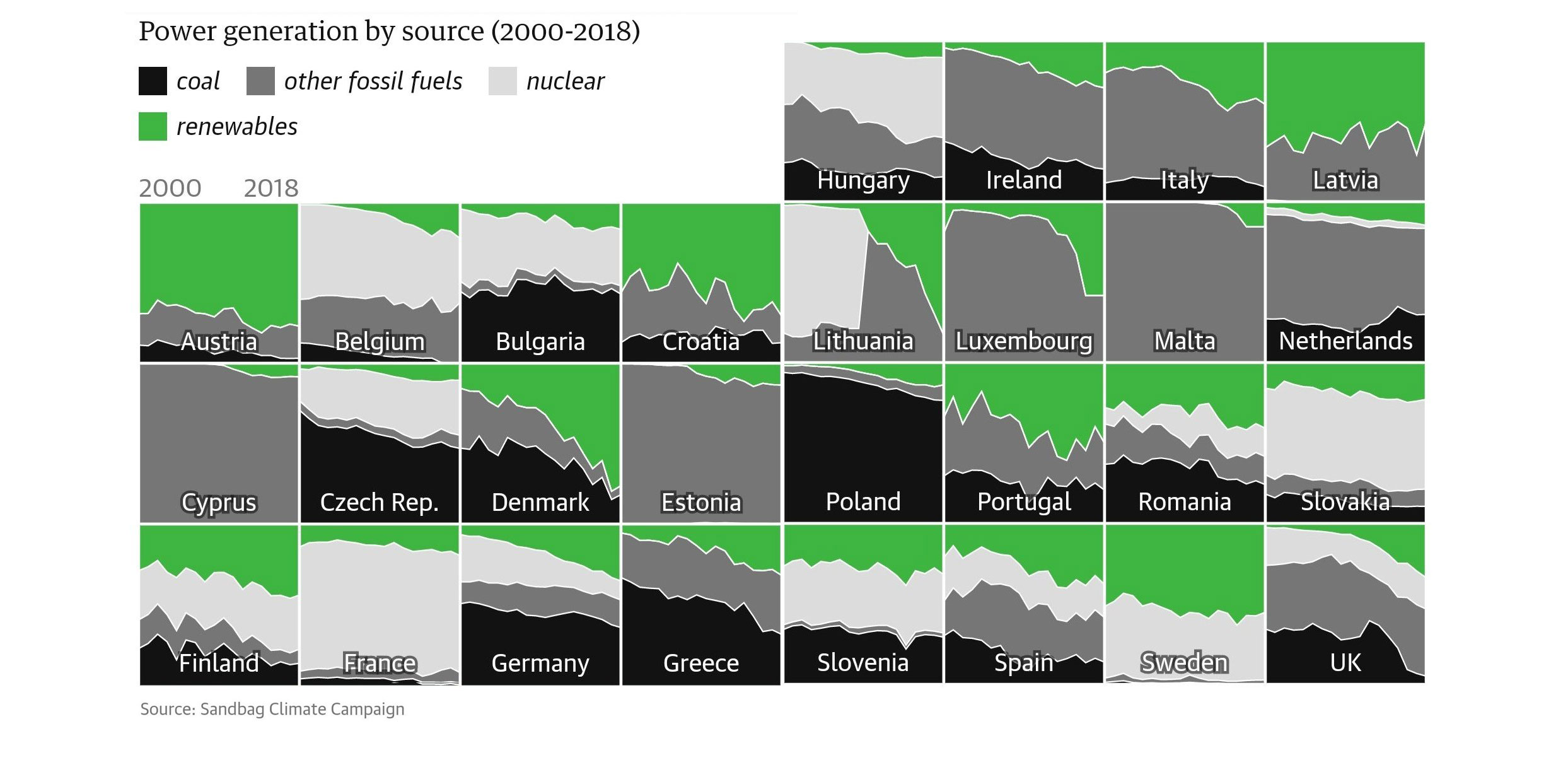
We already know that fast fashion and disposable plastics are bad - that they are easy to use but destroys our environment and creates too much carbon emission in its lifecycle - and the same logic applies to our digital data. We need to acknowledge that the widely available digital services are in fact bad for the environment, say the messenger or the chat everybody around you uses, or the cloud that just comes with your device by default. As a matter of fact the IT service industry grew as big as the aviation industry in terms of carbon emission and now it takes about 2% of total global carbon emissions. So it is really about time we start to act responsibly for our digital choices.
The first step for reducing your digital carbon footprint is finding out where your data physically is to know what kind of energy the infrastructure uses. If the information is hidden, you need to request your provider to disclose it. Where are they keeping their servers, and what is the energy source they are using? Are they running servers with coal, oil or other fossil fuels? Or is your digital service run by nuclear power?
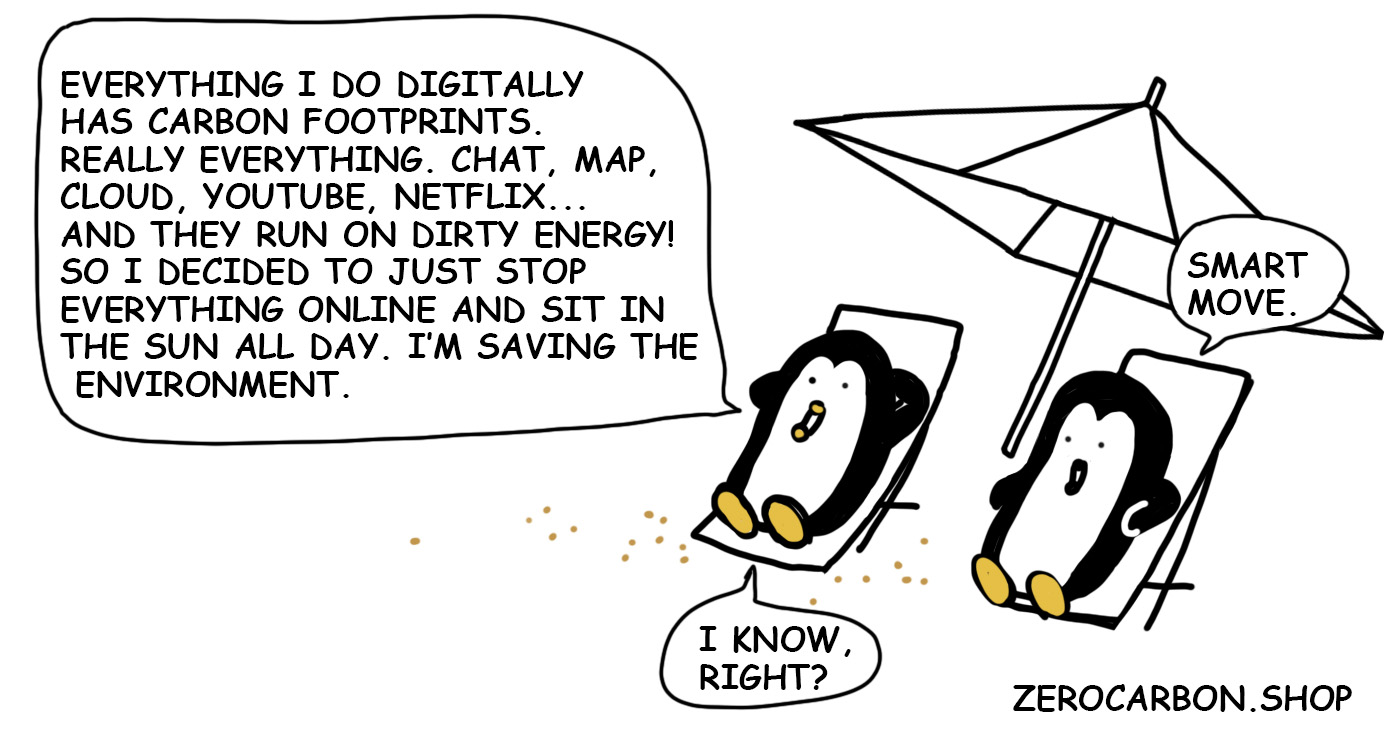
Zero Carbon VS. Carbon Offset
When you pay attention to the energy sources of your digital services, you see that some of the service providers claim they are green because they do carbon offset. Then we need to ask, can carbon offset be an answer for keeping the temperature down? The short answer is no. Imagine, when a glass is full, not adding any drop to it would be the best approach if we do not want to overflow the glass. What we need right now is zero carbon emission from the energy source (meaning produced by 100% renewable sources such as water or solar power) and not carbon offsetting. Carbon offsetting, roughly translates into using whatever energy source available (say fossil fuel or nuclear) and paying money for funding projects for reducing the CO2 that is already added into the air. Carbon offsetting is obviously better than not offsetting, but not emitting CO2 from the energy source is ultimately better than CO2 offsetting.
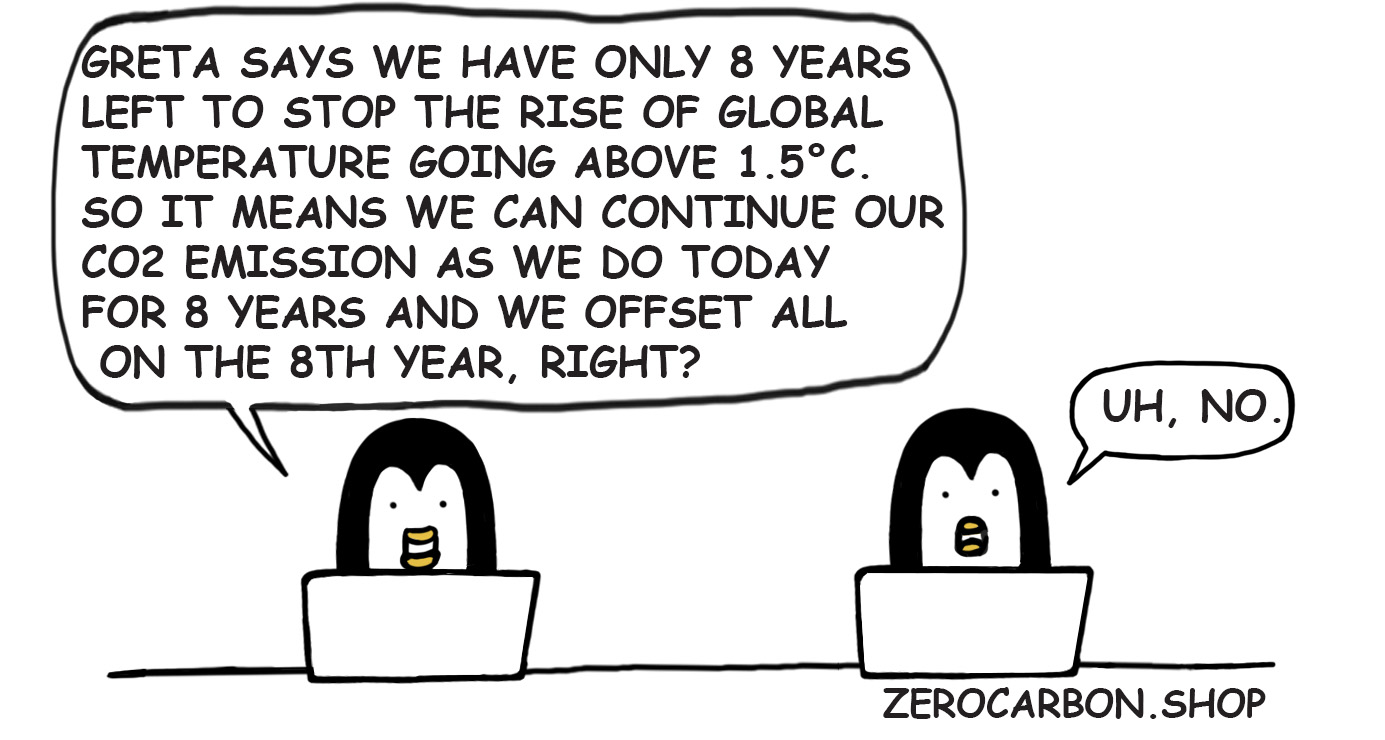
Use small and renewable digital services
There are two ways to reduce the carbon footprint from our digital data. One is finding the ones who are running by zero carbon already, and supporting them by using those instead of others. This means your digital life will be only enabled by clean energy, and you will have zero carbon emission in terms of energy used for running your services. By supporting zero carbon standard you encourage the new service providers coming into the market to start clean with renewable energy.
The second way is pushing your current service provider to change how they are running their servers, to go fully renewable. The advantage of this will be that the change will affect a bigger number of people, when really done. The disadvantage of it is that bigger companies take much more time in changing their huge infrastructure, while even more CO2 will be emitted from them into the air.
We want to stress that, for those who care and who are capable, go for the first option. It is for the same reason as the zero carbon vs. carbon offset. When there are those who already doing the right things, go with them now, instead of continuing with those who plan to reach their goal in the coming decades.
Zero Carbon to take over the status quo
So how do the small and renewable zero carbon digital services look in reality? We can take us as one of the examples.
In this small Alpine village we are located at, we are running servers with only renewable energy. That is 99.9% hydropower and 0.1% solar power. Our case is a bit special because we brought our servers into old buildings that used to work as spinning and weaving factories that are built many years ago when Switzerland hosted a strong textile industry. Now the textile industry all moved out of the country looking for lower labour cost, leaving vast empty industrial buildings. Thanks to the infrastructure previously built, we directly produce the hydroelectricity a few meters away from our servers, by the water melted from the glacier on the Alps.
What we do is we only use recycled servers, so we can extend their lifecycle as long as possible before they end up in the landfill. And we do not waste energy for cooling the servers: the mountain temperature is cool enough throughout the year, and the big space we have helps the servers from being overheated.
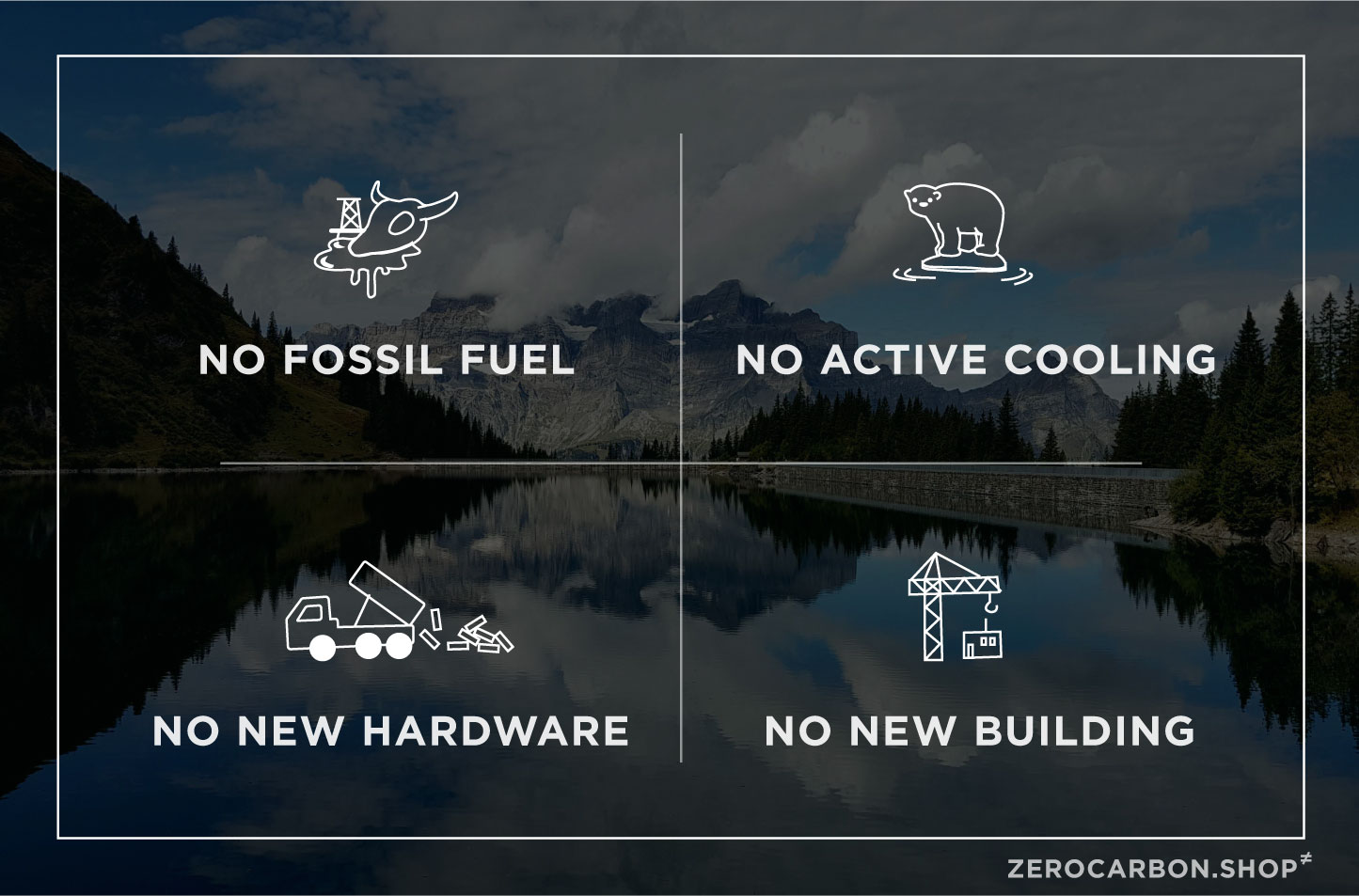
On top of this fully renewable and recycled infrastructure runs the digital services such as cloud storage, Zero Carbon Cloud and team chat, Zero Carbon Chat. These are cutting-edge applications that are developed by the fantastic open source community (Nextcloud and Mattermost, respectively), and we make it a rule that only the services used and tested extensively by our team internally are offered to external customers. Digital services for everyday use such as Dropbox, Google Photos, iCloud, Slack, Whatsapp can be easily replaced by its Zero Carbon alternatives.
There are more Zero Carbon to come
Our plan is releasing more zero carbon options that can replace digital services with big carbon footprints. Our next one to come is Zero Carbon Matrix which is a chat service with bridging different platforms and end-to-end encryption features, and also in the queue is Zero Carbon Code Hosting which can replace GitHub. Do you have an idea what should be our next Zero Carbon project? Share your thoughts. Talk to us via Twitter @ungleich(which we plan to offer as a Zero Carbon Social soon), or you can join our chat (which is also a nice test for you in using Zero Carbon Chat) or you can drop us a mail at zerocarbon@ungleich.ch.